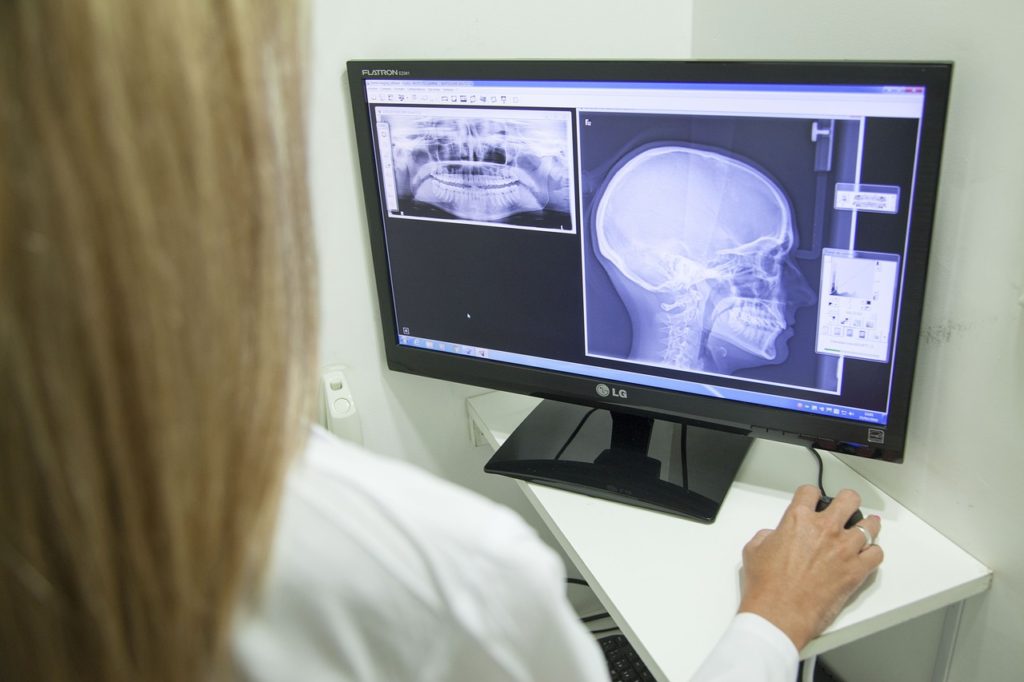An interesting article titled “Reaping the Benefits and Avoiding the Risks: Unrealistic
Optimism in the Health Domain,” by Hanoch et al. in Risk Analysis, Oct. 4 2018, discusses how people may not be able to accurately perceive the risks and benefits associated with medical interventions.
The article looked at 373 adults ages 19 to 76 from the U.S. The participants were asked five scenarios focused only on the benefits. Participants were asked to imagine their doctor had recommended some treatment, this included a drug, dental surgery, ear surgery, kidney operation, or to take a new medication. The participants were also asked to imagine that their doctor had recommended a treatment for a flu (a drug), a life threatening illness (a drug), a fall (knee surgery), depression (anti-depression medication), and a heart problem (heart bypass surgery).
The article states the patients were asked for example
“The probability of saving your tooth following the gum surgery is 25%–65%, that is, 25–65 out of 100 people who had the surgery retained their tooth. Participants were then asked to indicate how likely they believed that they were to experience one of the benefits (e.g., save their tooth) by moving a pointer on a scale from 0% to 100%.”
Participants also answered questions about five health scenarios that were focused only on the risks. Participants were asked to imagine that their doctor had recommended a treatment including a drug, dental surgery, skin surgery, back surgery, and ear drops. The participants were also asked to imagine that their doctor had recommended a treatment for a life-threatening illness (a drug), an injury following a car accident (shoulder surgery), a general illness (vaccination), and a back problem (a spinal fusion).
The article states the patients were asked for example
“The probability of being paralyzed following the back surgery is 30%–70%, that is, 30– 70 people out of 100 who had this back surgery became paralyzed). They were then asked to indicate how likely they believed they were to experience the associated harms (e.g., being paralyzed) by moving a pointer on a scale from 0% to 100%.”
Participants underestimated their personal risk with respect to the mid-point of the percentage range they were shown. Participants also overestimated their personal benefit with respect to the mid-point of the percentage range shown. On average, participants’ ratings for risks were significantly below the mid-point of the range shown which indicated optimistic views about the likelihood of experiencing side effects. On average, participants’ ratings for benefits were significantly above the mid-point of the range shown to them which indicated optimistic views about the likelihood of experiencing benefits. For example, when patients were told to imagine their dentist recommends they have dental surgery that can lead to a gum infection their perceived likelihood of risk was 46% compared with the midpoint of 50%. When patients were told to imagine their dentist requires dental surgery to treat a gum infection their perceived likelihood of benefit was 48% compared with the midpoint of 45%. The researchers also found that when the mid-point of the percentage range was from 40% to 60%, participants underestimated the risks to a greater degree than they overestimated the benefits.

Thus the authors feel there results help show that patients often overestimate their likelihood of experiencing the benefits of a procedure and underestimate their likelihood of experiencing the risks such as a complication. The authors do point out a few limitations of their study such as using a sample drawn from the general population, a sample not representative of the general population, and using self reports with a probability scale that could have lead to issues. The authors point out that such tenancies to overestimate the benefits could lead to unnecessary and even harmful procedures. In addition underestimating the risks could lead to an increase in medical costs.
